Kenneth Eugene Smith
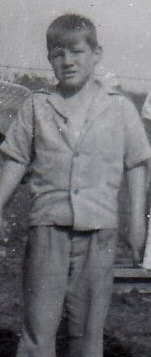

How did your parents come to buy the land where your house sits today?
I really don't know except that my dad wanted to move out of the city and into the country, that's where this was at at this time.
Who built the house and how long did it take? Did you help?
My dad built it and I think it took a little less than a year. Yea, I got to pull the nails out of the used boards that we got from Lackland scrap yard that we built the house with.
Can you describe for me what the neighborhood was like when you were growing up?
Uh, yea I think so. There wasn't a lot of houses on Villaret at the time. I think between Villaret and Palo Alto Rd there was like five houses and there was, like I said there was all
countryside. Where Palo Alto College is now was right across the street from where we lived and it was just uh, just brush and cactus and that kind of thing, it was a good neighborhood, everybody got along well,
we played together good and we just helped each other.
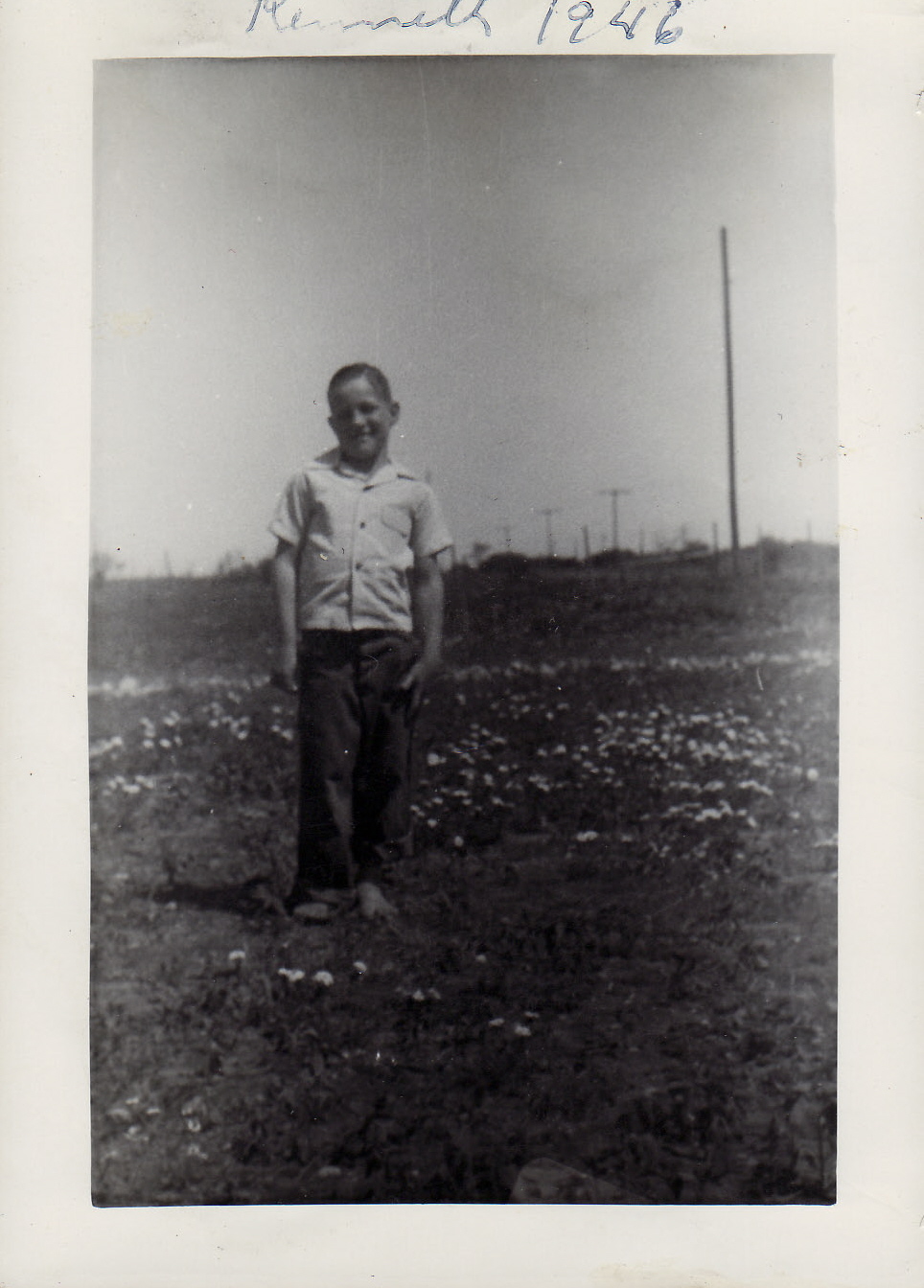
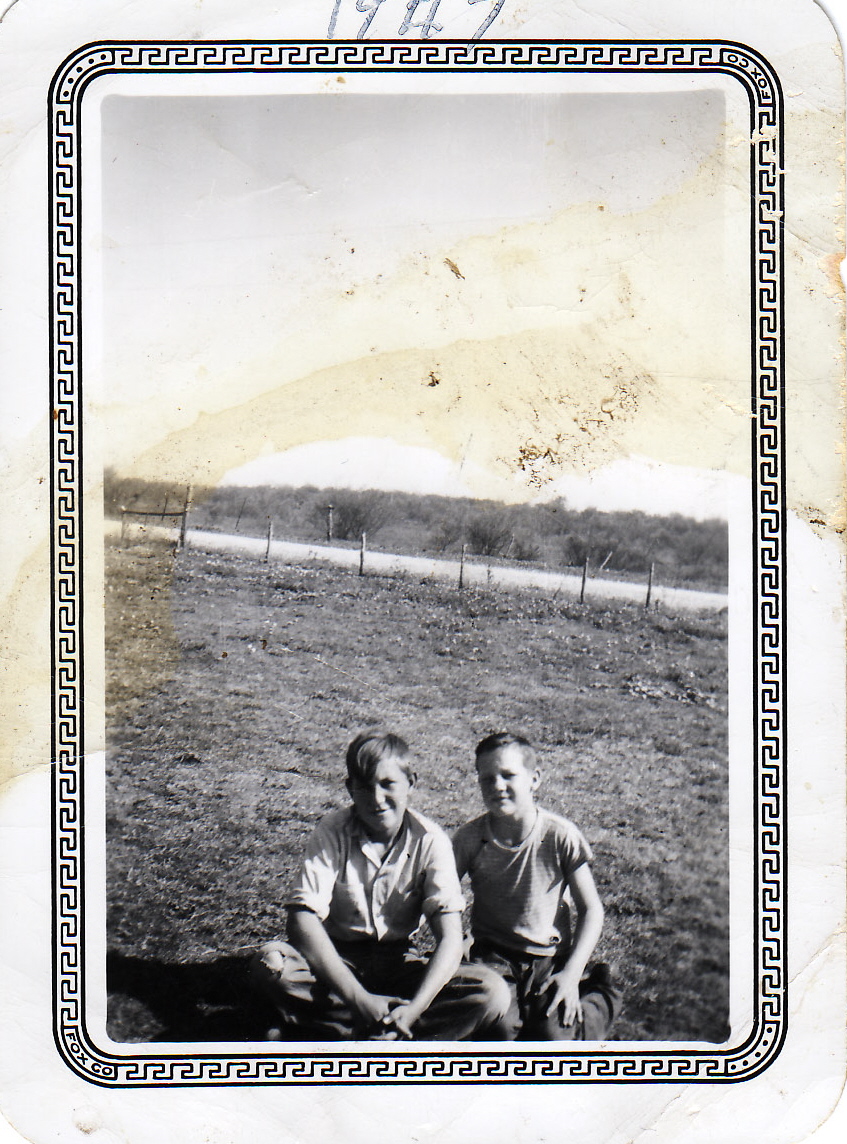
What class of people lived in that neighborhood?
Oh I'd say they were more like middle class, some of em worked at Kelly feild, one guy used to drive a candy truck, my dad was a carpenter, his freind that was a carpenter lived over on Chavanaux Lane, back behind where Palo Alto College is now, I think it's the access road to 410.
What school did you go to and where was it?
We went to South San, South San school district, and the school that I started with, I think was called Fleming and it was a three story building and went there until the 6th grade, and then I moved over to
the junior high, I think they called it, which is on Southcross now, it used to be I think they call it Dwight middle school, something like that, but that use to be two schools there, the high school and the grade
school or the junior high, from 6 to 9.
How far was school from your house and how did you get there?
We started off by, well we would walk or maybe somebody in the neighborhood would give us a ride. Eventually we got school buses. And that took us there. We were basically one lady in the neighborhood, she
had an old lincoln i think it was like a 1940 or somethin, a bunch of seats in it. And she would take all the kids she could in that to school, she didn't have any kids in school, she would take us, I think my mom would
pay her a dollar a month to take us to school. But they didn't pick us up, we were on our own.
What was it like growing up in your neighborhood?
oh yea, right across, well don't want to say across the street, across our back area we had about 5 acres, and we could go back and I think Mally is there now. But Gillette, right straight across the back
of us, to the west, there used to be an airport there. and we used to go over and I used to go over and watch them put skin on the wings of the airplane. put glue, then some kind of a cloth, more glue and some more cloth,
(that's pretty neat)..yea, and they used to fly out of that airport there, it was something like maybe stinson feild or something, not quite as big , when I was a teenager, we got a teenage club in that whole area, we had alot
of kids from harlandale and southsan that was in it. At one time we had like 200 members. and we'd have, the guy that owned that airport, right after they closed, he let us use the building, the building had a lot of big
rooms, like a dance hall. A lady gave us a pool table, we got that in one room, and we had a snack bar and the dance area in there. Then we had a place to just lounge around. All this was supervised by the parents. We used to
go out and the guys that had cars would use the runway for a dragstrip and the police would come out and direct, kind of control, not really control but advise us on what to do and make sure we were safe and all that stuff.
That was pretty cool.
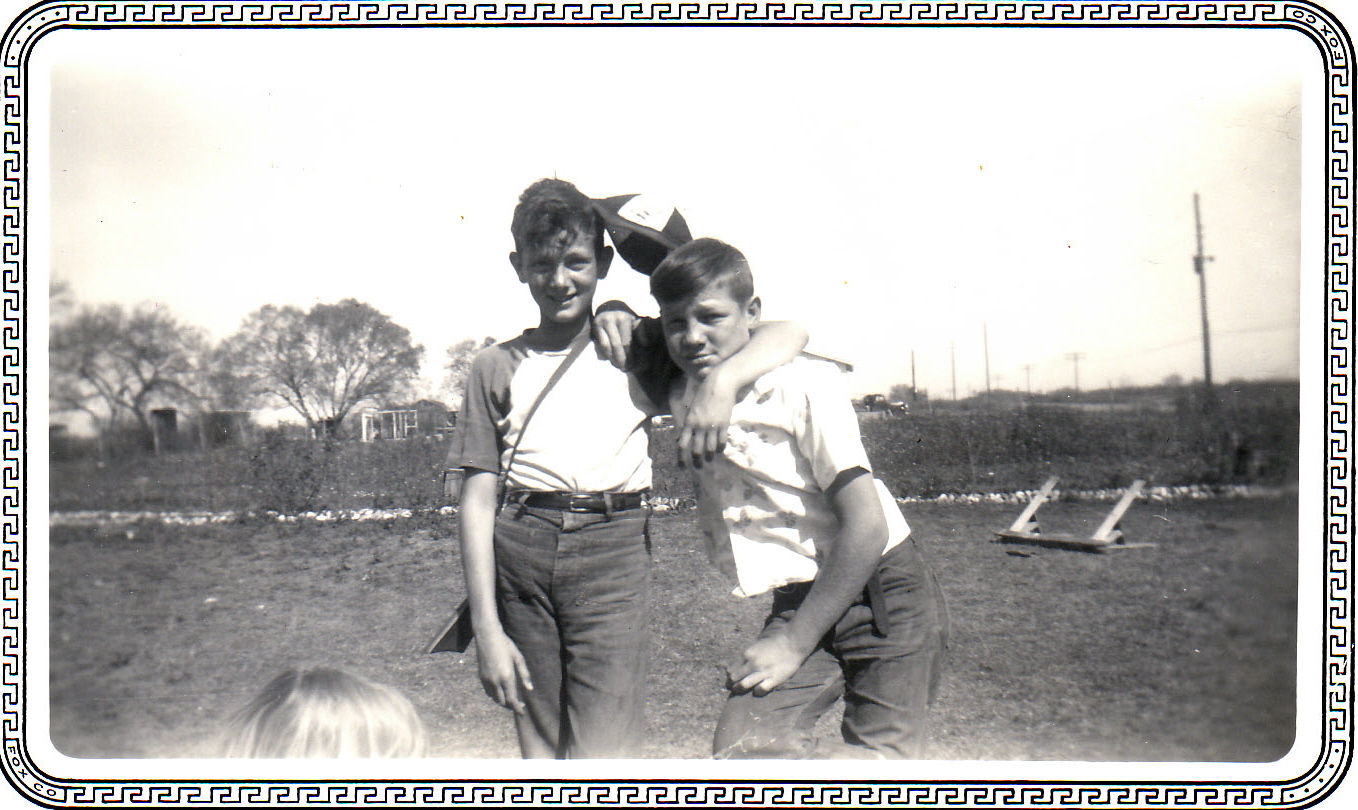
Do you know if anyone still lives in the area from when you grew up?
The last person that I know of that lived there was when my mom still lived there, that was Mr. Puentes. He lived down west of us about halfway down, our address at one time was 1007 Villaret, then they changed it to 1455 w.
Villaret. That was in the early 50's. They lived down where they had bought some land from Mr. Clifford. He owned some of the land there, most of the land out there was owned by Barrett, the guy who owned the concrete things and
we bought our land, like 5 acres from him and everybody bought there land I think from him, except Mr Puentes, and he bought it from Mr. Clifford.
Is it true that at one time you had to be white to be able to buy property in that area?
Yea, from what I understand, I don't really know, I was too little, there was a stipulation that was put in when you bought the land that you couldn't sell it to any hispanic people.
Do you remember when the first Hispanic people move into the neighborhood?
Yea, I'd say uh, the late 40's or early 50's, yea, probably late 40's.
What was your favorite treat as a child? (Food or Drink)
Oh yea, homemade ice cream, then a lady down the street used to make fried fruit pies, whenever we could get fruit, she'd make 'em for us.
What kind of responsibilities did you have as a child?
oh, my brother and I, we were responsible for moving the outhouse, when that needed to be done, dig a new whole and that kind of thing. We were always responsible for spading the garden. We had a big garden.
Do you remember any home remedies your parents used? Did they work?
Yea, well I guess they were home remedies, like a bee sting or a wasp sting or something like that, you'd get blueing and that would take care of the sting, also if you got a sunburn, I got a sunburn real bad one time and my dad
used pet milk on my burn, my sunburn and that would releive the burn. Then my brother stepped on a nail and it went through his foot and my mom put some Keresene, we used to call it coal oil, and you would soak it in that, that
kept it from getting infected. Yea, Yea...
Can you tell me about any community parks around the neighborhood? (Pools, parks, etc.)
We didn't have any parks, we didn't need any parks. Now, we had the whole feilds, we didn't have to worry about anything, we could go play all over the neighborhood and if we went swimming as a family we'd go down to Medina River.
Swim in the Medina River and if the kids wanted to we'd go over to Terrell Wells, that was over by, actually it where McCullum is now, where the tennis courts is up on, used to be a big swimming pool there and we could go swimming there,
it was a sulfur water. my mom would always catch us whenever we went there cause she could smell it on us. She knew what was going on.
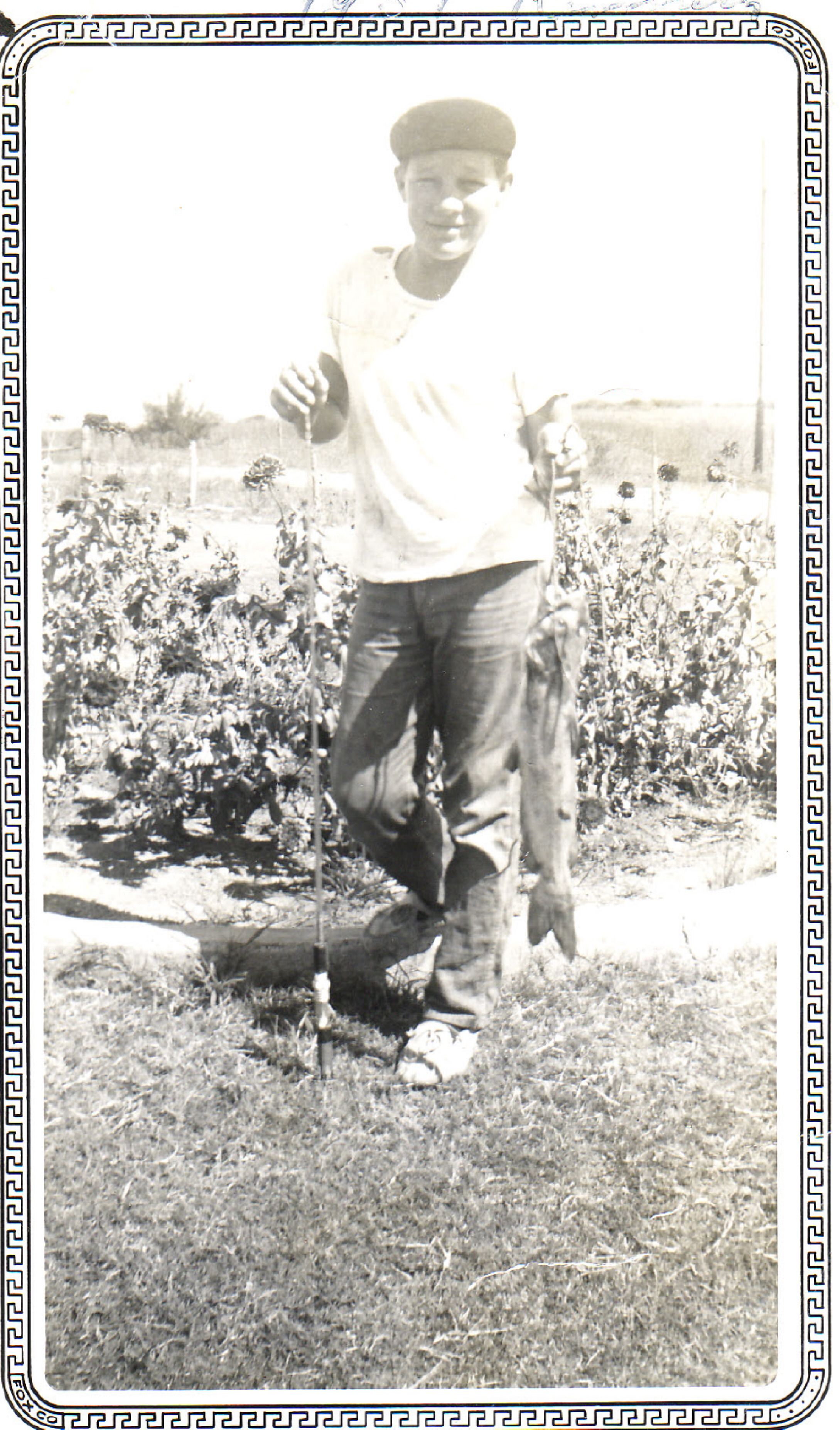
Do you recall witnessing any descrimination in your neighborhood as you grew up?
Yea, again, Puentes, that was the first one but then my older brother Milton, he was a half brother, he was dark complected Terrell Wells wouldn't let him in the swimmin pool, They thought he was Hispanic. So that was a problem
until they got it straightened out. That's where most of the discrimination came from when I was a kid. Except for downtown when we'd go downtown there were different water fountains, for the black and white people. We never really
thought too much or paid any attention we thought it was cool they had there own fountain.
What kind of changes have you seen in the area?
oh, the changes, well the big change is that they built Palo Alto College. That really kind of set the neighborhood up I think. It's still rundown, that whole area is run down, the southside, the streets and all, but that helped the neighborhood.
Can you recall any of the mechanical technology of that era?
There was a drainage ditch, they were doing around Gillette and Villaret, down by the big tree, of course everyone neighborhood had a big tree. They were down there and they had a team of mules pullin' this grater, the driver was ridden
up there and he was just pulling on levers and everthing and he let me ride it all the time.
Do you remember anything from the post depression era?
The post depression era, well what I remember really was the second World War, since that was after the depression era, some of the fall-out from that was of course we were rationed I guess gas and sugar and things like this, it was
hard to get sometimes, so when we did get some my mom would store it, so we'd make sure we had it when we needed it. I guess that was fall-out from it. Until the time she died, she always had full freezer full, always ready in case we didn't have
none, I guess alot of people were like that.
Were you working as a child to help the family? What kind of jobs did you have?
The kids didn't have to work if you didn't want to. just around the house and doin our daily chores. Some of the stuff we did when I was old enough we'd go up to Palo Alto Rd, and new the guy and he would take us out to the farm down by
the Medina River and would pick vegetables and stuff. We would earn money that way. We didn't need much.
What was the population like in San Antonio?
It seemed like i would guess, when I was probably in junior high, I don't know, maybe 200,000 then.
The division of people was about the same as today. You had northeast, south and west, the south was the poor and lower middle class, the west was the poor Hispanics, the north was more affluent. The east was the Blacks. That's kind of what it is now.
What do you remember of the downtown erea?
Downtown area was all the theaters, one thing, all kinds of movie theaters, As a kid we could go down and earn tickets to the theater by handing out flyers of whats going on, or what movies were coming up. They wouldn't advertise in the newspaper
and stuff, they just had flyers and stuff. There's not many of them left down there anymore.
Can you recall for me you fondest memory about growing up on Villaret street?
(Long pause) Yea, I guess it's when we moved out of what we called the chicken house and into our real house. My dad built a long building in the back and planned to use it to raise chickens, we never raised chickens it but, we lived in it while
he was building the house. Once we moved into the house we had a bedroom that was, all the kids had one bedroom, we all slept in one room before, parents, kids, everything. When we moved into the real house my mom and dad had their own bedroom and
the kids had their own.
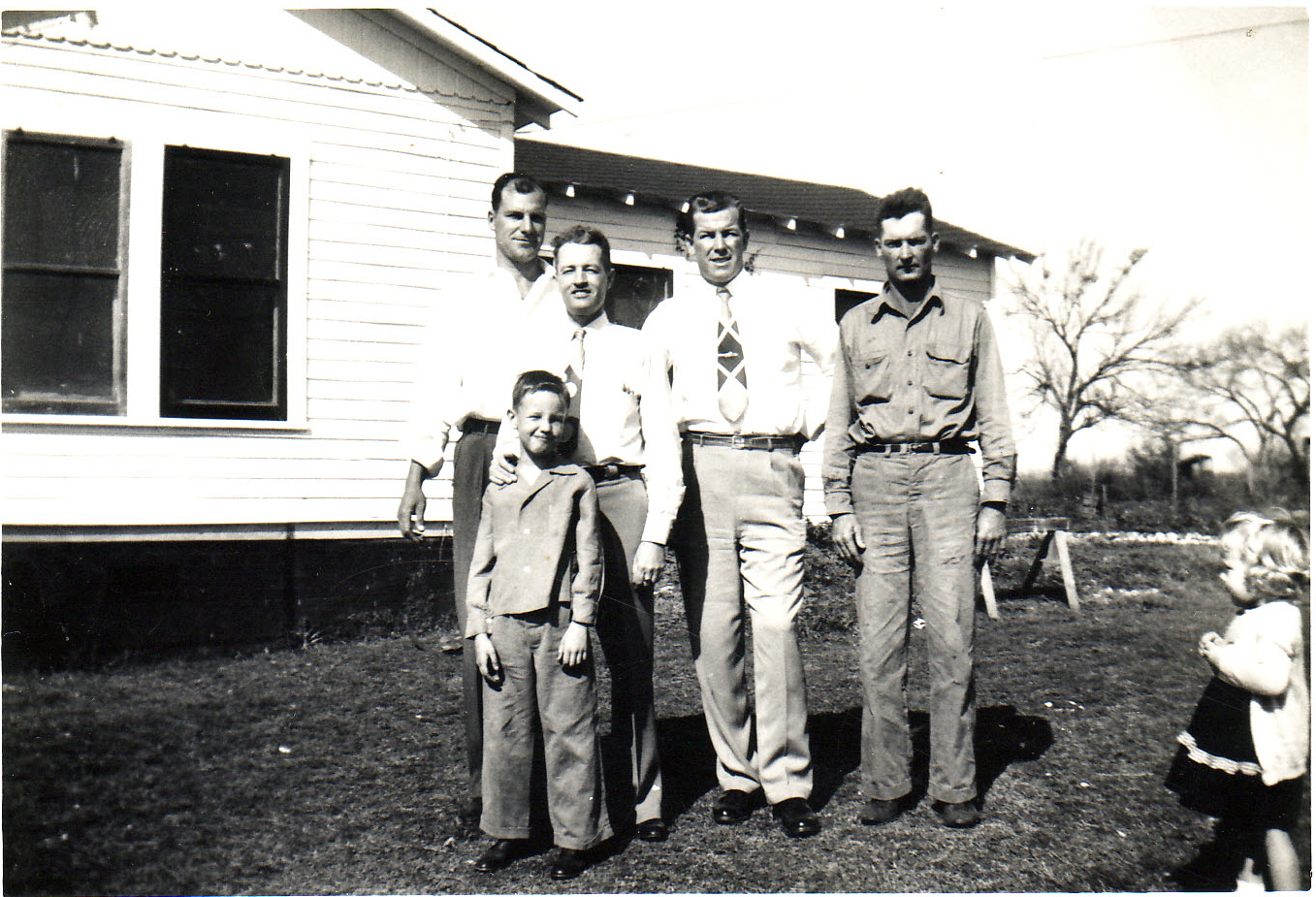
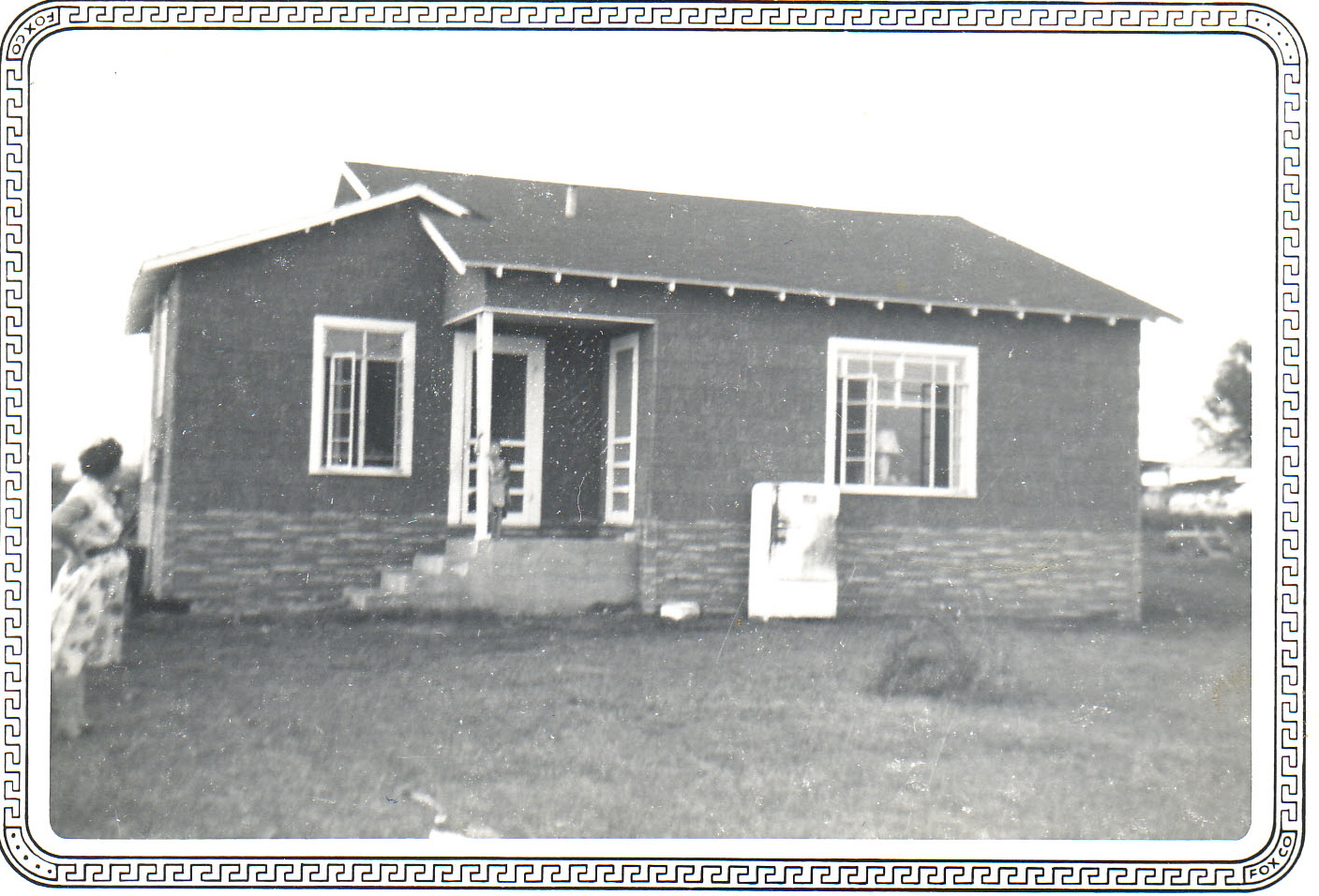
How many kids shared that one bedroom?
To start with their was four of us.
Is there anything about your childhood on Villaret Street you would like to share that was not asked today?
The thing that I remember about that neighborhood was that it was all safe. Of course there wasn't alot of crime back then. We helped each other, Our parents, and the neighbors, we could go down there and play until 9 or 10 at night and
in the summer time, they would make sure we got home, there was no-one worred about us, we were fine. There was no reason and now you don't dare go out past 10 or 11 oclock you shouldn't be out. You know, just not safe. I guess that's part of the times.
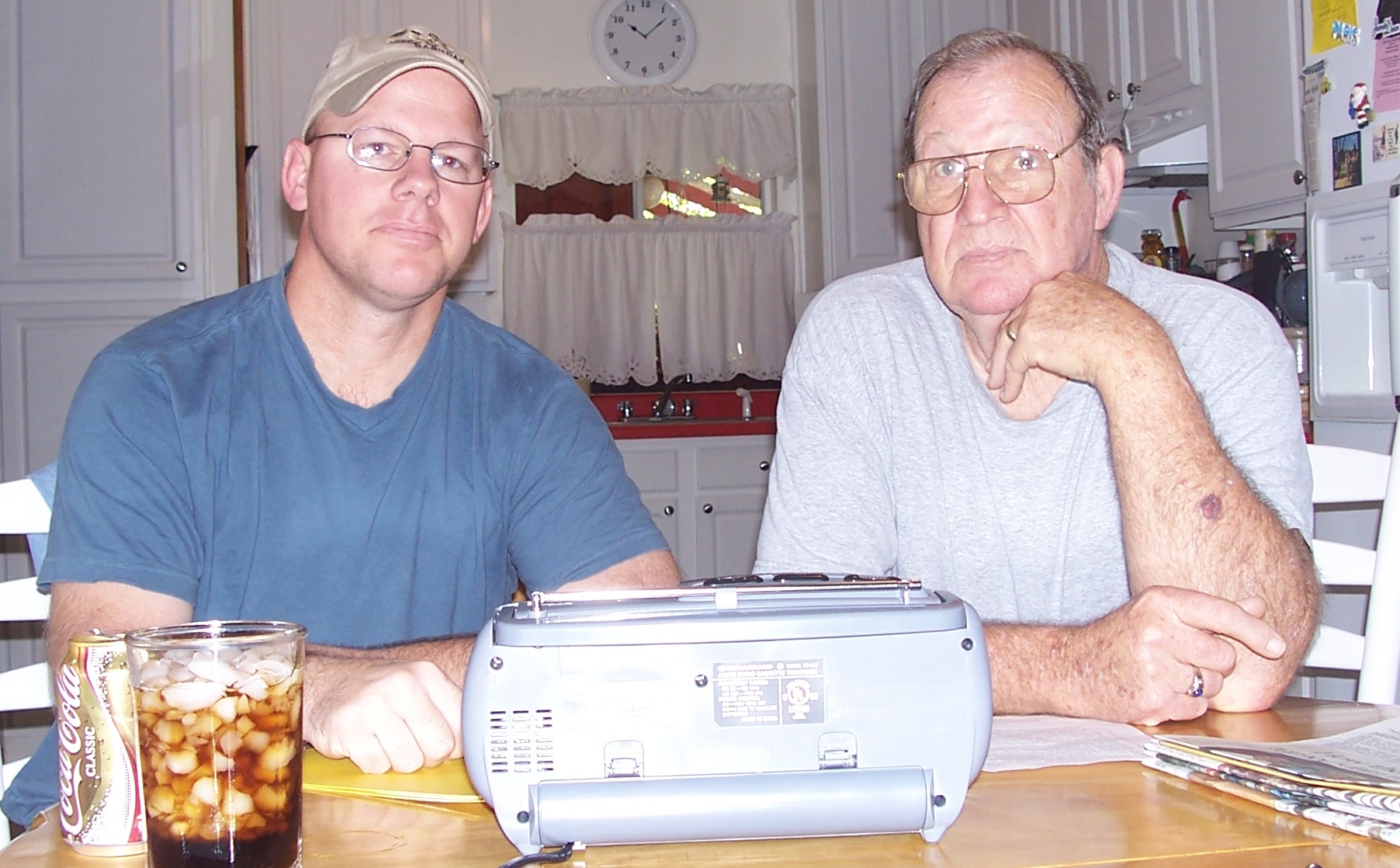
The Handbook of Texas Online is a multidisciplinary encyclopedia of Texas history, geography, and culture sponsored by the Texas State Historical Association and the General Libraries at UT-Austin. It was produced in partnership with the College of Liberal Arts and the General Libraries at the University of Texas at Austin. Copyright © The Texas State Historical Association. Last Updated: May 6, 2004.
Map of Palo Alto shows an arieal veiw of the Campus in relation to where my father's house sits.
Wilcut Airport gives us a breif history fo the airport that my father mentioned which is no longer in existence. This site was produced by Paul Freeman and revised on 06-22-06, called Abondoned & Little-known Airfelds: Texas
Texas Cooking online is a website which was copywrited in 2007 and gives many recipes which are indingenous to Texas. Here they will show you how to make the Fried Fruit Pies.
Jim Crow Laws in Texas is a site of unknown origin which explains to our readers about the segregation law and when it was appealed in 1956, allowing anyone to swim in public pools in San Antonio, Tx.
CWU Brooks Libraryis a digital collection of old photos and facts about our History. This shows us how roads were built and shows us a picture of the mule drawn grater, my father indicates that this is a very good depiction of the mules drawn graters he remembered as a child.